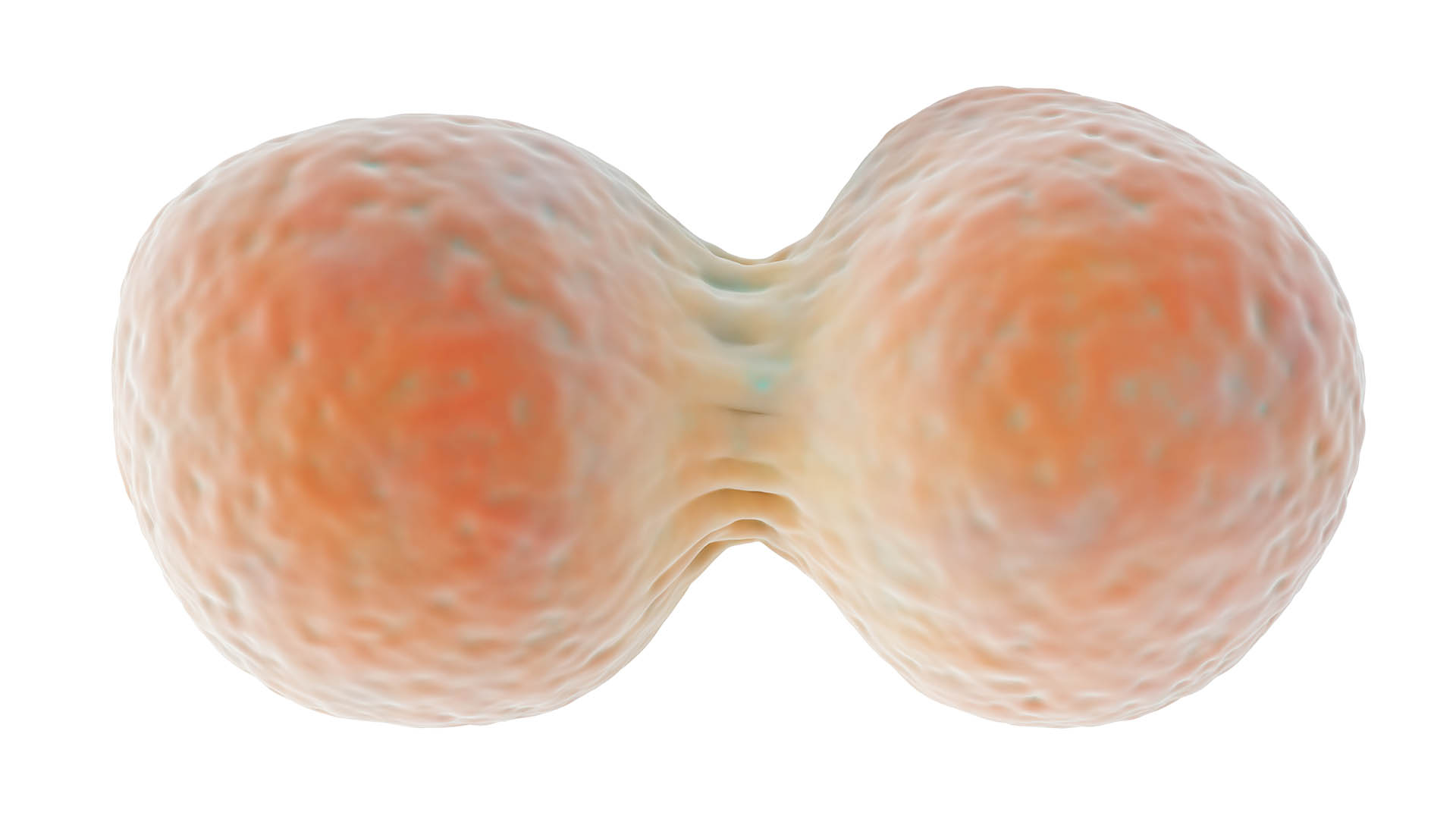The Reserve Bank has been sceptical of the health of the labour market – the March jobs report, issued yesterday by the Bureau of Statistics provides more evidence of a cooling in the pace of growth.
But overall the figures were solid enough to put off any talk of an immediate rate cut from the Reserve Bank.
The AMP’s chief economist Dr Shane Oliver said yesterday that “given the continuing downtrend in the unemployment rate its now hard to see the RBA cutting interest rates at its May meeting".
"However, we still see the likelihood of a rate cut later in the year to support growth particularly if the Australian dollar remains strong at a time when the contribution to growth from housing is slowing, the slump in mining investment is continuing and inflation remains around 2% or below,” Dr Oliver said.
The March jobs report showed that despite a rise in new jobs in the month, the number of hours worked, the pace of job creation slowed for the third month in a row, and the participation rate remained unchanged, allowing the jobless rate to dip to a misleading 5.7%.
The tone of the jobs report was slightly at odds with the upbeat survey of business conditions for March for last month which was released on Tuesday by the National Australia Bank.
It has ruled out a rate cut from the RBA, as did the NAB’s business conditions and confidence surveys results for last month. The seasonally adjusted jobless rate of 5.7% was the lowest since 2013.
Unemployment falls to 5.7%

Source: ABS, AMP Capital
The RBA has been sceptical of the health of the jobs market in the past few months and in his post-RBA board meeting statement last week governor, Glenn Stevens said:
"Over the period ahead, new information should allow the Board to assess the outlook for inflation and whether the improvement in labour market conditions evident last year is continuing. Continued low inflation would provide scope for easier policy, should that be appropriate to lend support to demand. (my emphasis).
Yesterday’s report from the ABS revealed a further cooling in the trend (more accurate) job creation – it is now running at 2.2%, down from the peak of 2.6% in December of last year. The number of new jobs created in the past year has fallen to “around 250,000” from around 310,000 last December.
"In March 2016, the trend employment to population ratio remained at 61.2 per cent. This reflects an increase over the year from 60.8 per cent to 61.2 per cent, while over the same period the unemployment rate decreased from 6.2 per cent to 5.8 per cent,” General Manager of ABS’ Macroeconomic Statistics Division, Bruce Hockman said in the ABS statement yesterday.
The ABS said that trend employment increased by 7,700 in March to 11.91 million people, up 0.10%.
“This monthly growth rate was below the monthly average over the past 20 years (0.15 per cent), and down from the rate of 0.25 per cent in September 2015,” the ABS said.
The trend monthly hours worked in all jobs series fell 1.8 million hours (0.11%) to 1,643.7 million hours, which was another negative.
In the more volatile seasonally adjusted series,the ABS said the number of people employed rose 26,100 in March 2016, while the number of persons unemployed fell 7,300.
The seasonally adjusted unemployment rate for March 2016 fell to 5.7% from 5.8% and the seasonally adjusted labour force participation rate remained at 64.9%. The seasonally adjusted number of hours worked last month fell by 17.5 million hours to 1,632.3 million hours.
The jobs market is still growing, but at a slower pace than it did at the end of last year. The question now for the RBA and the government is whether this is now the sustainable pace for the labour market and the economy generally.













